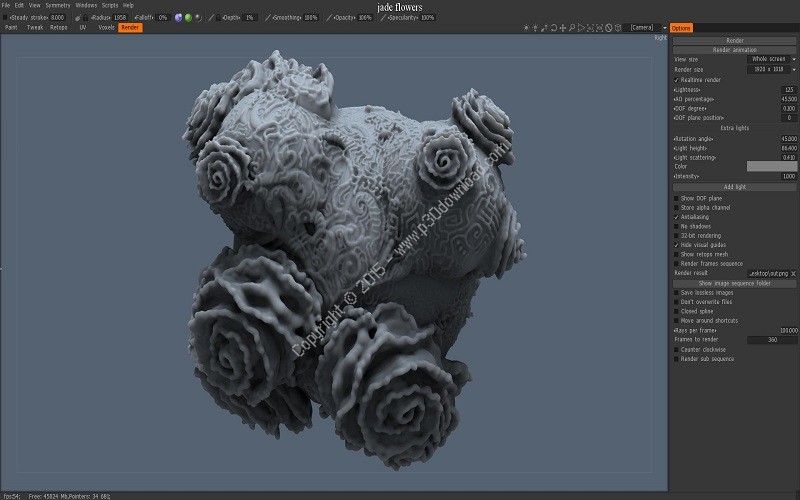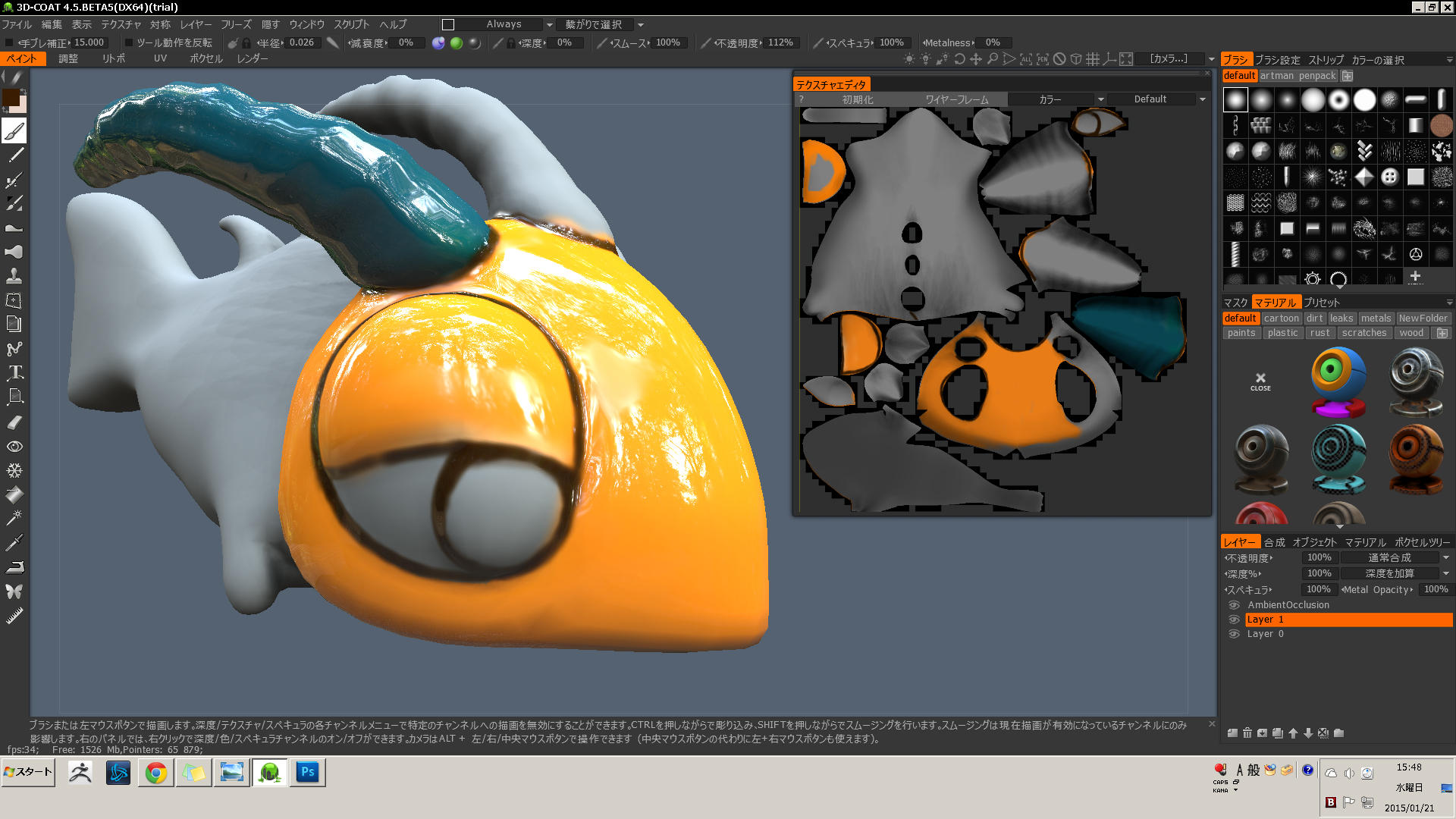
Less on Concave: Similar to More on Concave, but applies in the opposite form by allowing a little less in concave areas and a little more in convex. More on Convex: Applies to more convex areas, applying the material to more rounded external surfaces. More on Concave: This applies to areas that are more concave and lets you fill crevices. Remember to set it to “None” when you finish using this option.Ĭonditions can be accessed by clicking the icon next to the Condition Mask layer (and next to Degree) this gives even more access to various ways to apply your material layer.Īlways: Applies to every pixel of the layer. Select how the depth, color, and Gloss of your brush strokes are affected by colors, height, and other parameters. It is also affected by degree and contrast adjustments. – The new parameter is responsible for the radius cavity. It works only on such conditions: more on concave, more on convex, less on concave, less on convex, more on flat, and more on curved (you can use any of these modes). Or course, you need an RGB cavity layer in the scene to vary the cavity width. Values less mean sharper cavity, more than 0.5 – widening of the cavity.

It is the additional cavity width: The 0 value means that the cavity is taken from the materials settings as-is.
#3d coat update
– Focus on a new edit icon -it looks like a vase-, this was added and did not exist before, and it is with the spin edges that the update function is configured. – First, you need to add Conditions to Degree value (more on convex like example) to see “vase” options. If you like to edit the Curvature map on Smart material Editor – Now we can see how a Cavity map (RGB) appeared in the layers. In order for the Calculation to be made, you need to wait a bit. – After enabling the function, go to the Texture Menu and select the Calculate Curvature option. To do this, go to Edit >Preferences go to the Tools section, and select use RGB cavity as the default cavity calculation method. – First, you need to make sure that the RGB cavity version is enabled. This is a significant feature for the PBR Painting over the Texture/Mesh. Starting from 3DCoat 2021.53 the RGB cavity was introduced as the default calculation method in Texturing. This is a non-trivial operation, so it may take some time to convert for big maps. If you will provide a normal map for the Smart Material the 3DCoat will offer to convert it to the bump-map because materials require bump. Mask: Masks with an image of the areas that are and are not covered. There are various conditions, which are listed below.Įdge Scattering: Specify with an image how the edges of the condition are treated. Metalness: Specify a greyscale image for metalness.Ĭondition Mask: Specify the area to which the material layer is applied. Glossiness: Specify a greyscale image for glossiness. It’s strictly for greyscale Displacement/Height maps. The Depth channel icon in Smart Materials may look like it’s for a Normal Map, but it’s not.

Layer: Assign Texture to Layer hierarchy or create new ones.Ĭolor: Specify a diffuse or albedo texture or color.ĭepth: Specify a greyscale image for depth. Cube Mapping is the recommended mapping type used with seamless textures. Preferred Mapping: Use various mapping types to apply your material. Overall Cavity Modulator: Determines the overall area of effect for the material. There are also a number of parameters for these layers let’s take a look at those Smart Material Properties now. New Material Folders can be created or loaded by pressing the small “Down Arrow” at the top right of the Material Panel and selecting either the “Add new folder” or “Add existing folder” options.Īs many layers as you like can create Smart Materials, allowing for quite complex materials. The thumbnail image of each new material is created based on which texture image you select for that Material’s “Color” channel.


New Materials can be added to an existing Smart Materials Folder simply by clicking on the large “+” icon in the Material Panel. These materials consist of multiple parameters to achieve realistic or physically accurate results. Smart Materials allow you to create and paint with Physically Based Rendering Smart Materials. If no material is selected (disable the use of Materials by clicking the large “X” in the Materials Panel), then each Paint Channel will respond based upon which Brush Alpha has been selected.
#3d coat how to
How to create multiple layers of smart materials ?Īll 3 Paint Channels, when enabled, will react with any Material that is currently selected from the Materials Panel.Įvery Material can contain a separate texture for each of its channels: Color, Depth, and Glossiness.


 0 kommentar(er)
0 kommentar(er)
